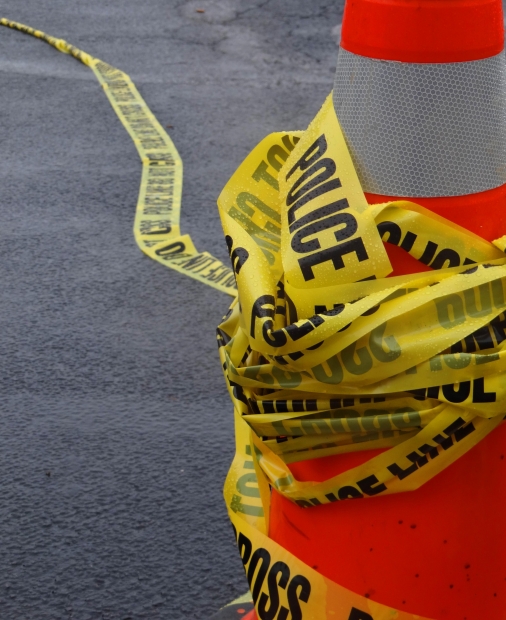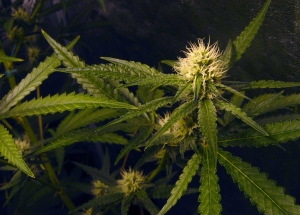Mobile Marijuana Dispensaries Targeted by City Councils, Feds
Mobile medical marijuana dispensaries seemed to be a solution to a host of issues encountered by brick-and-motor locations. They could avoid issues with being too close to certain structures, such as schools or day care centers. They could deliver the medicine directly to patients who might otherwise be too ill to retrieve it themselves. They could move to areas as the demand shifted. There was less concern about civil asset forfeiture, and they created a reasonable means of entry into the industry.

However, they have become a prime target of both federal authorities and local municipalities. Most recently, city council members in Pismo Beach, just south of San Luis Obispo, voted to outlaw mobile marijuana dispensaries.
The measure didn’t come as a complete shock, however, as the city was merely updating its overall ban on medical marijuana dispensaries. There were no members of the public who showed up to speak on the issue, and council members had no discussion before passing the measure.
Continue reading
 Cannabis Law Group's Medical Marijuana Legal Blog
Cannabis Law Group's Medical Marijuana Legal Blog













